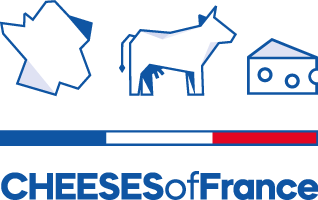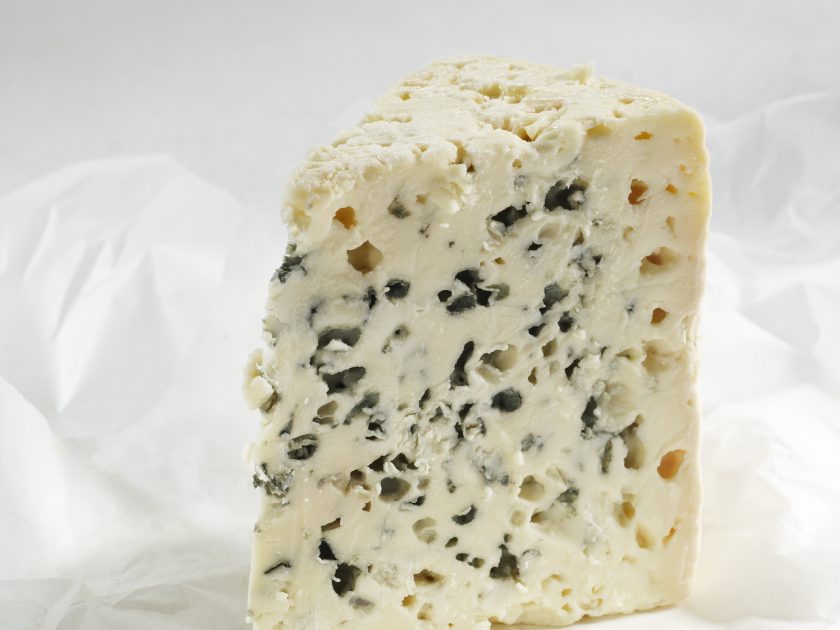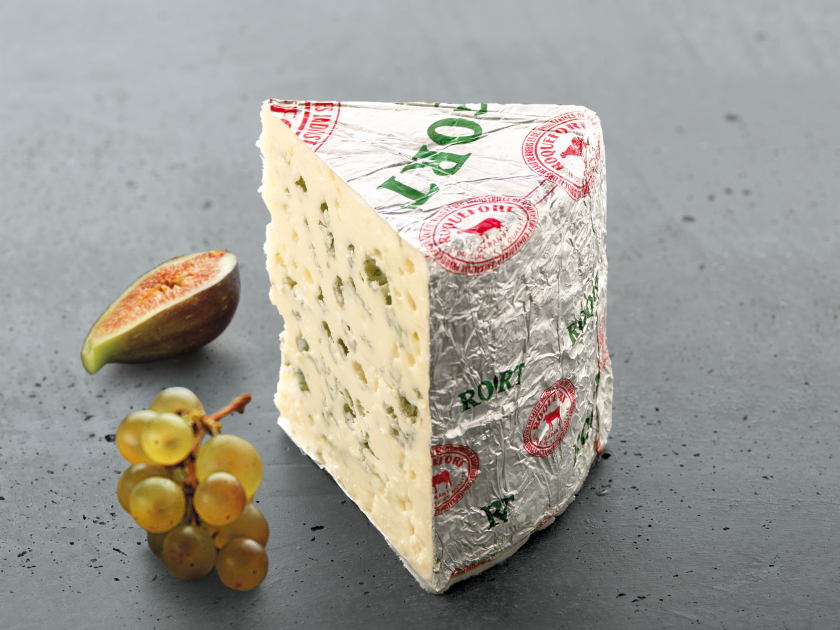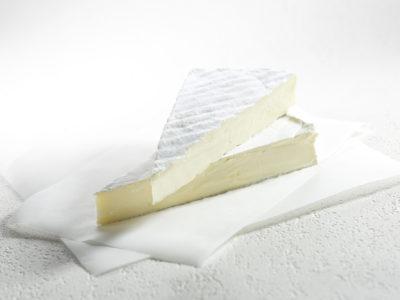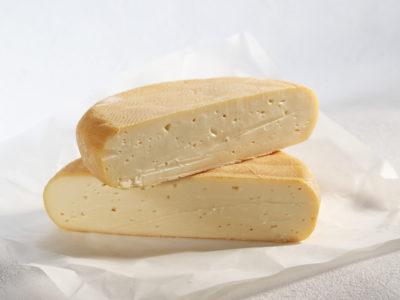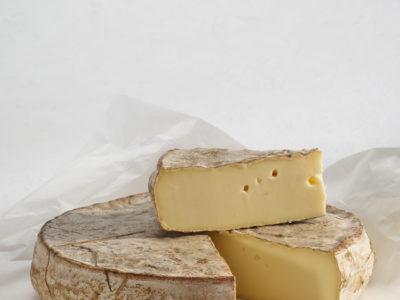Roquefort
“Traditional” cheesesThis is the most famous and the most exported cheese in the world! It is also the very first cheese to have been granted a registered designation of origin (AOC) in 1925. It was protected by a charter as early as 1411 and again by the Parlement de Toulouse in 1666. It has had a protected designation of origin (AOP) since 1996.
Roquefort is produced from January through July, during the milking period of the Lacaune breed of ewes. It is made with raw milk and must be matured in the famous natural caves of the village of Roquefort, which are perfectly ventilated through natural chimneys called « fleurines », enabling the blue mold to develop in the cheese paste.
Milk is collected across other regions of Rouergue and the neighboring regions of Lozère, Gard, Hérault, Tarn and Aude.
Legend has it that a shepherd abandoned his flock of sheep and his meal of rye bread and cheese in the Combalou caves to pursue his beloved. When he came back a few days later, he found the bread moldy and the cheese covered with the same blue mold. He tasted it and found it to be delicious. And so Roquefort was born.
Roquefort is always wrapped in an aluminum packaging. The top surface is very moist and can vary from ivory to pink. Its paste reveals a number of cavities in which the blue-green or blue-gray penicillium Roqueforti forms.
Health & nutrition
Flavours & sensory qualities
This is a cheese of character, offering strong blue cheese flavors that explode in the mouth behind a salty taste, subtle ewe’s notes and a creamy, buttery texture. The taste of Roquefort stimulates the taste buds and persists for a long time.
 繁體中文
繁體中文  简体中文
简体中文  한국어
한국어  Français
Français 